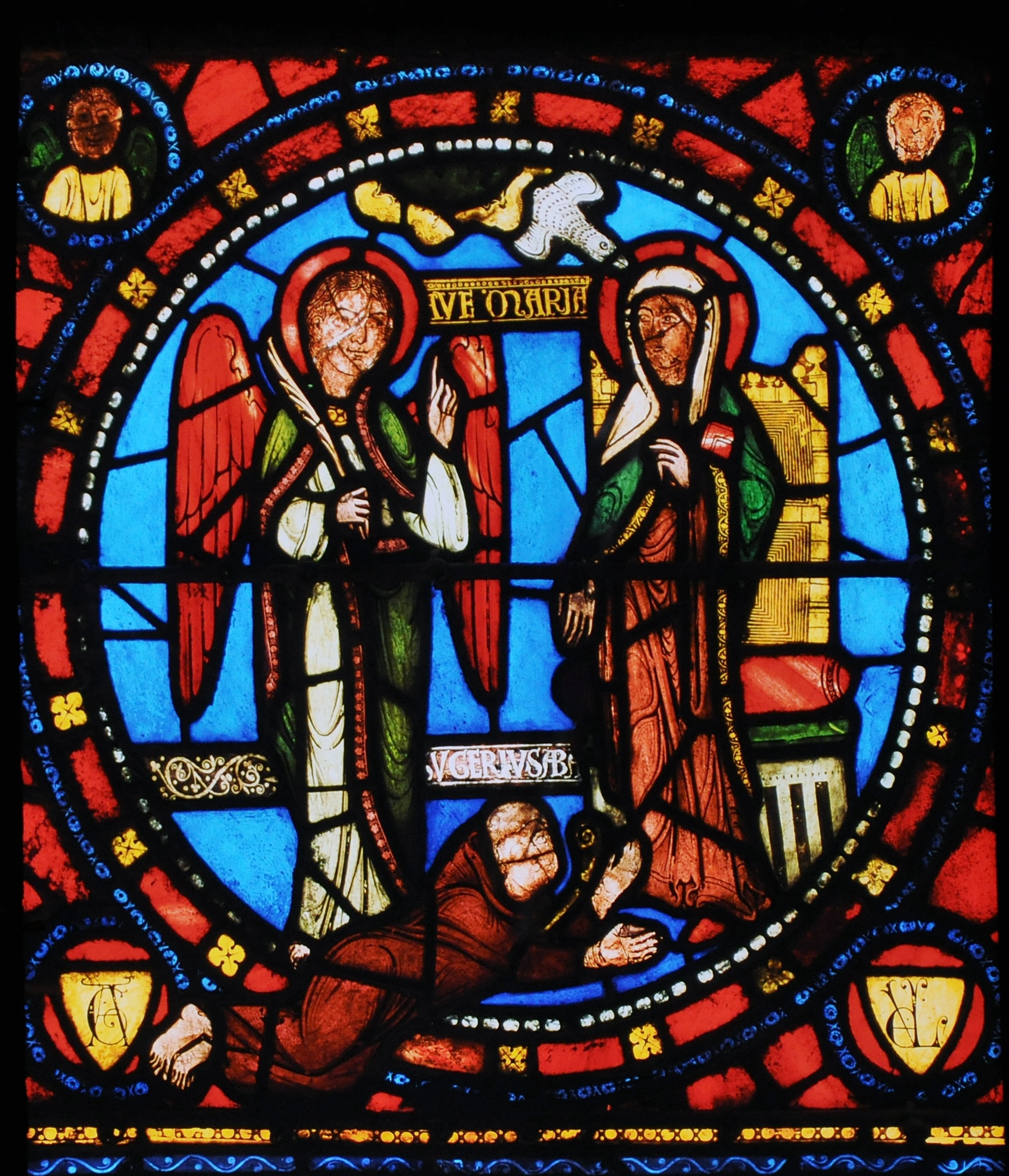San Lorenzo di Silanus. Architettura, pittura e arredi
Abstract
A partire dall’XI secolo le istituzioni giudicali sarde avviarono una politica mirata ad incentivare il trasferimento degli ordini monastici benedettini nell’Isola. Tra questi, figura anche l’ordine cistercense, fondato nel 1098 da Roberto da Molesme.
Non sono giunti fino a noi atti di fondazione, o documenti, che possano chiarire la genesi degli insediamenti cistercensi dell’Isola. Tra queste pertinenze rientra anche la chiesa di San Lorenzo di Silanus, sita in provincia di Nuoro. Il contesto tradizionale inserisce l’edificio di culto tra i possedimenti dell’ordine francese in relazione al sistema delle grange. Si tratta di centri agricoli gestiti dai monaci e dipendenti dall’abbazia di riferimento sita nel medesimo territorio a non troppa distanza dalla grangia stessa.
La chiesa di San Lorenzo tutt’oggi mostra una serie di sculture d’apparato architettonico che decorano gli apparati esterni della chiesa, mentre all’interno è possibile ancora ammirare una parte delle pitture che ornavano le pareti. Lo studio dell’edificio impone una serie di considerazioni critiche che riguardano i vari aspetti nel tentativo di indurre ad una nuova lettura critica degli alzati e delle decorazioni.
Gli autori che pubblicano su questa rivista accettano le seguenti condizioni:
Gli autori mantengono i diritti sulla loro opera e cedono alla rivista il diritto di prima pubblicazione dell'opera, contemporaneamente licenziata sotto una Licenza Creative Commons - Attribuzione - Non opere derivate 4.0 Internazionale che permette ad altri di condividere l'opera indicando la paternità intellettuale e la prima pubblicazione su questa rivista.
Gli autori possono aderire ad altri accordi di licenza non esclusiva per la distribuzione della versione dell'opera pubblicata (es. depositarla in un archivio istituzionale o pubblicarla in una monografia), a patto di indicare che la prima pubblicazione è avvenuta su questa rivista.
Gli autori possono diffondere la loro opera online (es. in repository istituzionali o nel loro sito web) prima e durante il processo di submission, poiché può portare a scambi produttivi e aumentare le citazioni dell'opera pubblicata (Vedi The Effect of Open Access).









.png)

